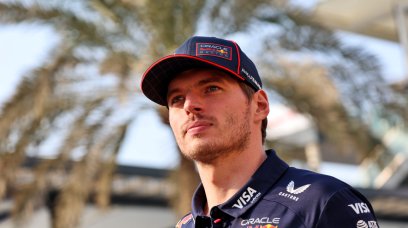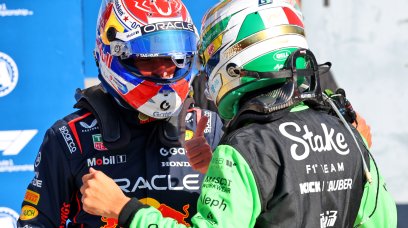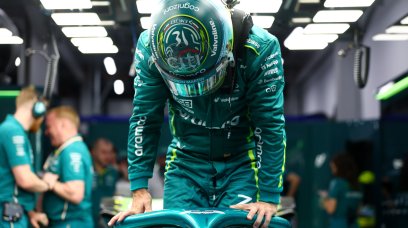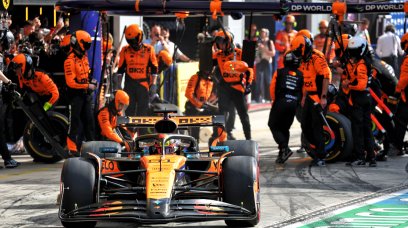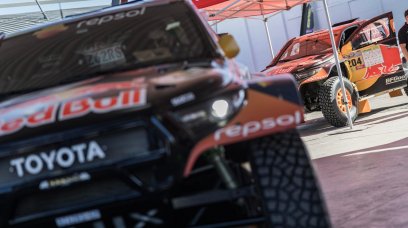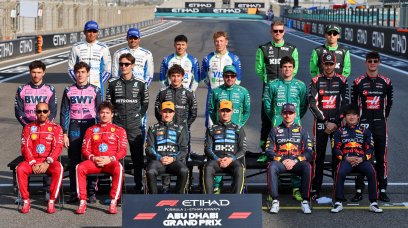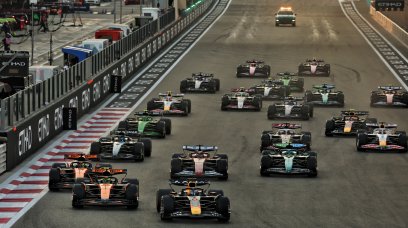Abu Dhabi, being the last round of the World Championship, obviously cannot be considered technically interesting based on the number of developments introduced on the cars, which are completely absent. In reality, the Yas Marina track, in addition to hosting the last tests before the winter break, becomes a rather reliable test bench on the weekend of the Grand Prix, for deliberating the details of the aerodynamic concepts of next season's cars. Almost all the teams took the opportunity to collect aerodynamic data, but undoubtedly those who even went as far as testing new components were two, namely Ferrari and McLaren. Going into more detail, Ferrari's car was equipped with more tools than Red Bull to carry out aerodynamic tests, aimed at verifying the quality of the air flow directed towards the rear wing.
Ferrari's research was concentrated on the floor, an area also covered by the analysis carried out by McLaren in the first free practice session. The Scuderia were focusing on the area of the floor in front of the rear wheels, even though this change appeared to be visually insignificant. In fact, in FP1 a large data collection was carried out on Carlos Sainz's F1-75, used as a real traveling laboratory, thanks to an intricate network of sensors, mounted on voluminous rakes behind the rear wheels and connected to the base of the wing and its endplates. This is something we have often seen Ferrari do on the final Grand Prix of the season. Their specific function was to measure the pressure of the airflow leaving the diffuser and behind the rear wheels. In fact, the floor has been modified in the area in front of them, with the aim of managing turbulence in the particularly critical area between the inside of the rear wheels and the side shield of the diffuser. As mentioned at the outset, these are non-radical changes, but capable of increasing, if well interpreted, the effectiveness of the underbody, in terms of load generated and drag reduction. Charles Leclerc's car, equipped with 'flow viz' paint, was also used to provide a comparison against the data collected from the analysis. Ferrari's Abu Dhabi test programme indicated where they feel the most important aspects of their 2023 design are. This also points to where Ferrari are with the design cycle of next year's car.
McLaren's battle against porpoising
McLaren, during the first session tested a deeply modified the floor, with a new edge design. In practice, the tested version was characterized by a radical simplification of this area. The long, rear longitudinal slit, a main feature of this edge since the beginning of the season, has in fact been eliminated, but above all the front portion of the floor edge has a vertical gurney tab, which replaces an area previously defined by the presence of five lower flow diverters. The new version would tend to ensure greater stability of the centre of aerodynamic pressure, thanks to an overall reorganisation of the flow passing below and the presence of a longitudinal 'skid' underneath. In fact, this would make it possible to reduce the trigger conditions of porpoising, which tend to grow as the height from the ground decreases. In essence, one would tend to travel with a single-seater car very low, being able to count on the fact that the air flow, directed by the various channels and the lateral pneumatic seal, does not lose its structure and disintegrate (the cause of the aerodynamic jolts predominantly seen earlier this season).
Ferrari F1-75 floor comparison
In comparison, the latest version of the floor of the F1-75, drastically modified in front of the rear wheels, is now equipped with a curl which determines a deviation of the flow passing between the diffuser and the wheels. This can be seen in the comparison images above.
The experimental floor of the McLaren MCL36
Directly comparing the two illustrations, we notice the profound simplification of the version tested in Abu Dhabi in FP1. Note the absence of the long rear longitudinal blowing, as well as the lower expansion profile which from the first part of the season was characterized by five vertical profiles with the function of separators
Most read
